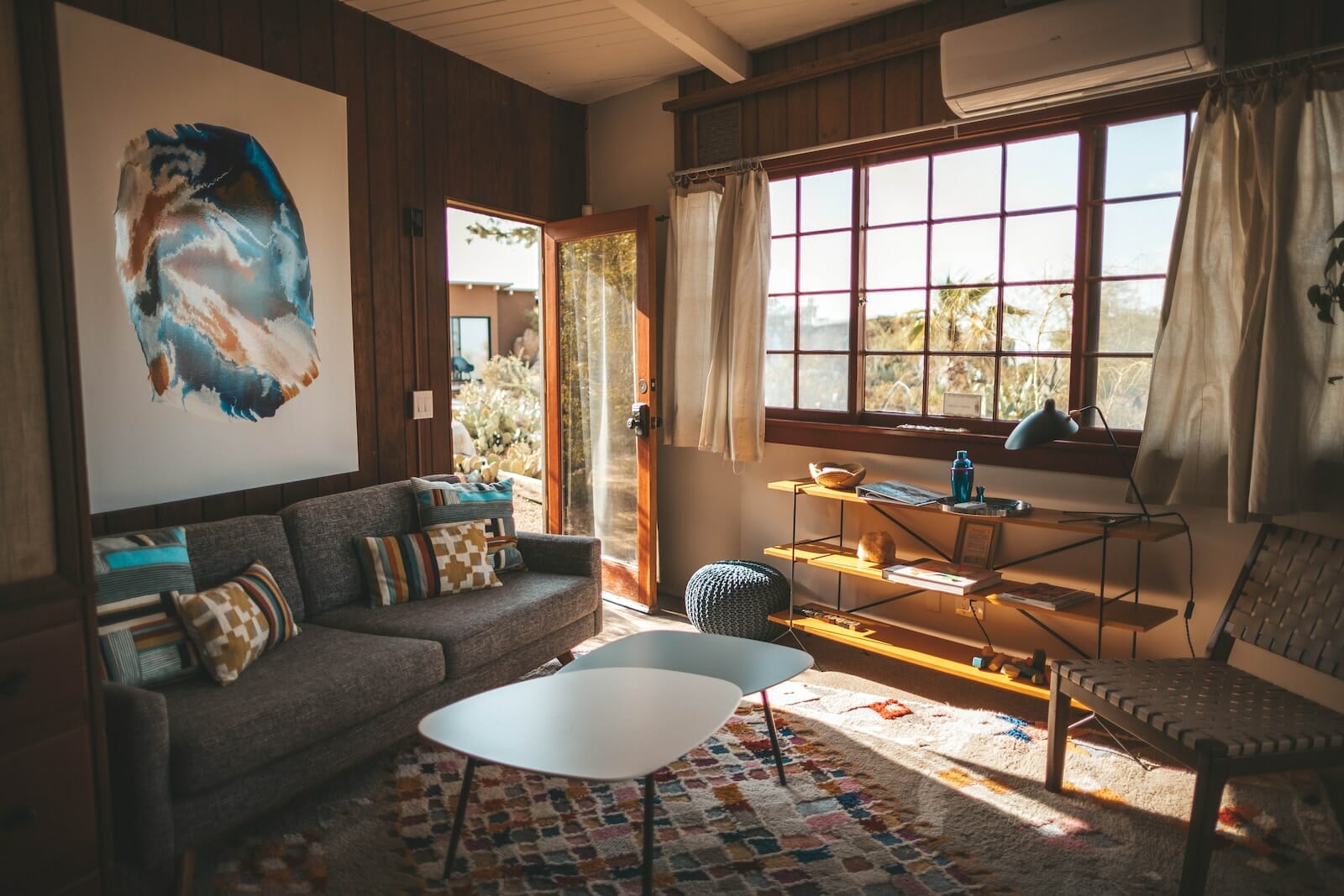10 Popular Questions About Toilet Cabin

Aesthetics
For customer-facing locations, the cabin exterior and interior design should match your brand. Opt for colors, graphics, materials and finishes that align with the desired aesthetics.
Construction approvals
Check local regulations for required permits when installing toilet cabins, especially permanent brick structures. Prefab cabins may need minimal approvals.
Budget
Prefab plastic cabins are most economical while brick cabins are premium-priced. Steel cabin cost can vary based on specifications. Decide budget before choosing the cabin type.
Weight load
Plastic cabins are lightweight while steel and brick are heavier. The floor or soil must be able to bear the cabin load. Reinforcements may be needed in some cases.
Certifications
Look for cabins certified for structural stability, fire safety, electrical safety and hygiene standards. This ensures the cabin is legally compliant and safe.
Warranty and service
Opt for reputed brands that offer warranty of at least 1-2 years along with maintenance contracts. This provides assurance of support services.
Customization
Assess if any layout or fixture modifications are needed from standard cabin designs. Steel cabins offer more flexibility for customization. Evaluating the above factors will help select the most optimal toilet cabin. Prioritize key considerations like capacity, location constraints, budget and required features while choosing the right product.
How much does a toilet cabin cost?
The cost of a toilet cabin depends on the type, size, construction material, fixtures and customizations. Here is an overview of the price range:
Plastic toilet cabins
Plastic prefab toilet cabins are the most economical option. A basic 3×2 ft polyethylene cabin with 1 toilet and urinal costs $1500 to $2000. Larger units with more fixtures can cost $2500 to $4000. Common variations in cost:
- Basic polyethylene cabins are cheaper than fiberglass models.
- Larger cabin size increases cost.
- More number of fixtures like toilets, urinals, sinks increase cost.
- Special needs fixtures like baby changing station add cost.
Steel toilet cabins
Steel prefab cabins have a mid-range cost profile. A standard 4×3 ft cabin with 1 toilet and urinal costs $4000 to $6000. Larger and customized units can cost $8000 to $12,000. Typical factors impacting price:
- Custom sizes instead of standard units cost more.
- Custom colors, finishes and branding increase cost.
- More fixtures and accessories add cost.
- Integrated plumbing and electrical systems increase the price.
Brick toilet cabins
Constructing a toilet cabin from brick and mortar is premium priced. Basic construction costs $15,000 to $25,000 for a 5×3 ft cabin with 1-2 toilets. Luxury finishes and additional customization further increases costs.
Additional costs
Other costs to factor in:
- Site preparation and foundation for installation.
- Plumbing and electrical connections.
- Transportation charges to deliver cabins.
So in summary, plastic cabins offer the most economical option while brick cabins are on the premium end. Steel cabins provide a good mid-range choice with customization flexibility. Consider the trade-offs between cost, durability and customization needs for your project.
What are the steps involved in installing a toilet cabin?
Installing a prefabricated toilet cabin is quick and straightforward. Here is an overview of the typical installation process:
Site preparation
Mark out the footprint area as per the cabin dimensions. Clear out any debris and level the ground. Construct a foundation if required.
Plumbing
Connect fresh water supply and sewage drainage lines to the cabin location. Install isolation valves for future maintenance.
Electrical
Provide electrical connections if the cabin has lighting, ventilation, heating or other electrical fixtures. Use appropriate wiring and switchgear.
Transportation
Use a crane or forklift to transport the cabin to the installation site if it is heavy. Handle lightweight plastic cabins manually.
Positioning
Carefully place the cabin over the plumbing/electrical connections. Adjust to align with the foundation.
Securing
Anchor the cabin securely to the ground using the manufacturer’s instructions. This provides stability and prevents shifting.
Connections
Connect the water supply, sewage and electrical lines to the respective cabin inlets and outlets. Pressure test for leaks.
Accessories
Install additional accessories like coat hooks, mirrors, waste bins and signages according to the layout plan.
Testing
Check all fixtures thoroughly before commissioning. Rectify any defects immediately.
Handover
Clean the cabin properly before handing over for use. Educate caretakers on maintenance procedures.The total installation time ranges from 1-3 days depending on the cabin size and customizations required. Taking care to execute each step correctly ensures a safe and functional toilet cabin.
How do I maintain and clean a toilet cabin?
Proper maintenance is key to keeping a toilet cabin hygienic and in good condition. Here are some tips for effective cabin maintenance:
Daily cleaning
- Sweep and mop floors with a disinfectant cleaner.
- Scrub toilet bowls, urinals and sinks using a toilet brush and bathroom cleaner.
- Wipe down all surfaces like walls, mirrors, faucets with a multi-surface cleaner.
- Refill soap, toilet paper, paper towels and other consumables.
- Remove trash and sanitize bins.
- Report any leaks, damage or issues immediately.
Weekly cleaning
- Thoroughly scrub floors, walls and all surfaces to disinfect.
- Descale toilet bowls, urinals and sinks to remove mineral deposits.
- Clean mirrors, dispensers, handles and other fixtures.
- Check for cracks, loose fittings and other wear and tear.
- Clean exterior surfaces and empty wastewater tanks if installed.
Monthly maintenance
- Inspect water supply lines and drain pipes for leaks.
- Check door hinges and locks for smooth operation.
- Test flush mechanisms, faucets and dispensers. Fix any issues.
- Touch up paint on walls if required.
- Clean ventilation grills and light fixtures.
Annual upkeep
- Repaint interior walls and exterior surfaces for a fresh look.
- Replace any damaged fittings like toilet seats, flush handles etc.
- Seal gaps and cracks on walls/floors with weatherproof silicone seal











